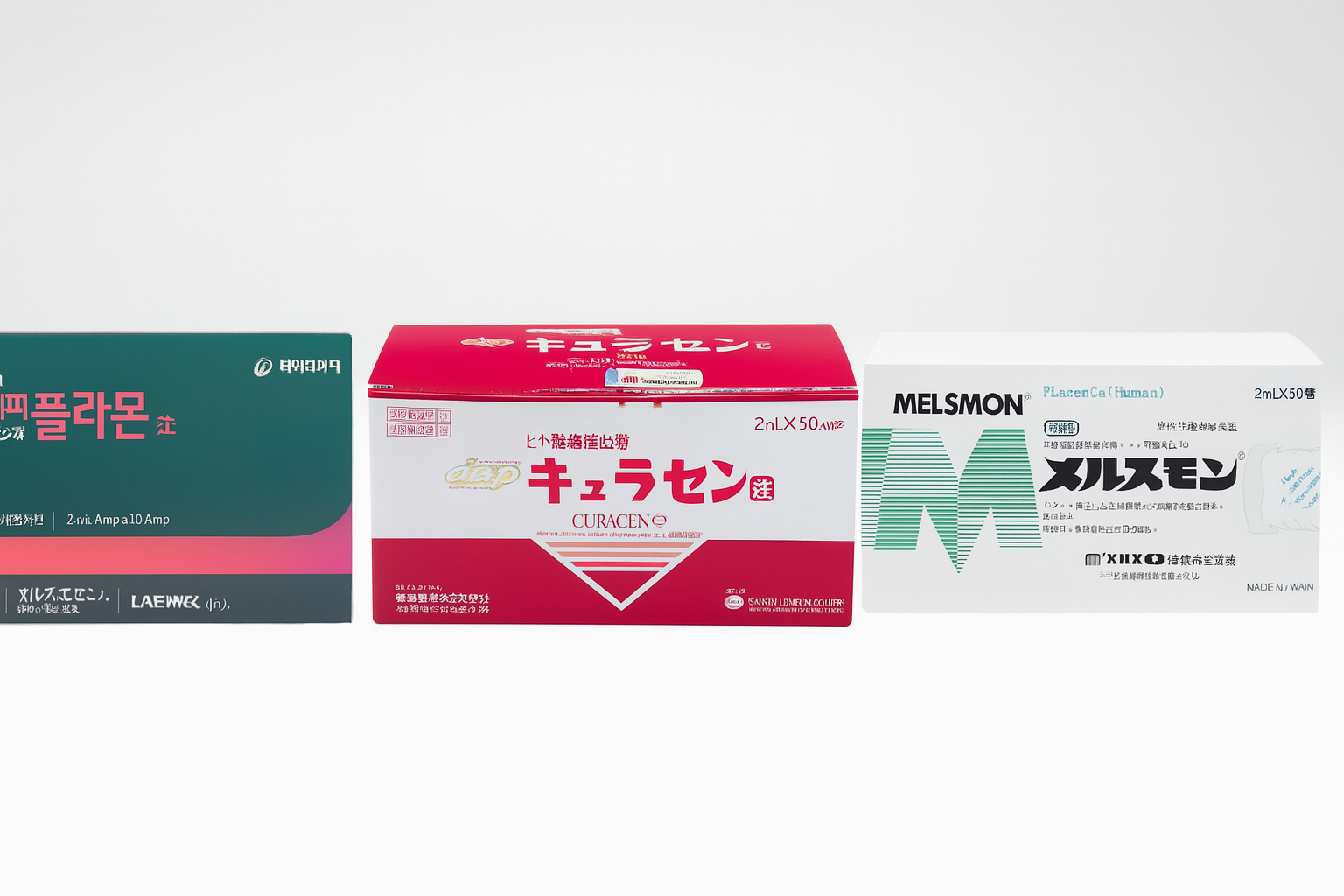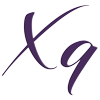Your cart is currently empty!

Placental Therapy:
Global Leaders vs. Lesser‑Known Extracts
Placental therapy has gained worldwide attention for its dual role in medical treatment and cosmetic rejuvenation. While Japan pioneered many of the most trusted formulations, today the market includes products distributed across Asia and beyond.
The most recognized names — Melsmon (Japan & Korea), Laennec, JBP’s Curacen — are benchmark products with decades of clinical use and regulatory oversight. Alongside them are lesser‑known placenta extracts from manufacturers such as Guju, which are often marketed at lower prices but lack the same depth of validation.
Medical Applications
- Laennec (JBP)
- Widely used as a hepatoprotective therapy for liver disease.
- Approved in multiple countries and supported by clinical data.
- Melsmon (Japan & Korea)
- Certified for menopause management: easing symptoms, delaying onset, and improving quality of life.
- In Korea, it is marketed more as a wellness and beauty therapy, though the formulation originates from Japan.
- Curacen (JBP)
- Explicitly developed for cosmetology, not systemic medical treatment.
- Focuses on cellular rejuvenation and skin repair.
- Guju and other lesser‑known brands
- Marketed for fatigue, skin elasticity, and general wellness.
- Typically lack international regulatory approval and peer‑reviewed clinical trials.
Cosmetic Benefits
- Laennec: Improves skin regeneration and elasticity, and helps with minor dermatological issues.
- Melsmon: Similar rejuvenation benefits, but with a notably strong whitening effect, making it especially popular in Asian beauty markets.
- Curacen: Optimized for anti‑aging procedures such as mesotherapy and nano‑needling.
- Guju and others: Promoted for skin brightening and vitality, but results are inconsistent due to variable quality standards.
Methods of Application
- Laennec: Intramuscular, intravenous, or topical serum; often combined with vitamins.
- Melsmon: Subcutaneous injection; also used in mesotherapy and nano‑needle protocols.
- Curacen: Serum, mesotherapy, nano‑needling.
- Guju and others: Typically subcutaneous, but protocols vary widely and are less standardized.
Manufacturing Standards & Trust
- Established Leaders (Melsmon, Laennec, Curacen/JBP)
- Produced under strict GMP conditions.
- Backed by decades of clinical use and regulatory oversight.
- Higher cost reflects safety, purity, and proven efficacy.
- Lesser‑Known Extracts (e.g., Guju)
- Lower price point.
- Less transparency in sourcing and purification.
- Limited or no peer‑reviewed clinical data.
- Greater variability in potency and safety.
Conclusion
Placental therapy is no longer a Japan‑only story — it’s a global market with products distributed across Asia, Europe, and beyond. Still, the benchmark brands (Melsmon, Laennec, Curacen/JBP) remain the most trusted due to their clinical pedigree and regulatory backing. Lesser‑known extracts like Guju may appeal on price, but they cannot match the track record, safety, and consistency of the established leaders.
| Product | Origin | Medical Use | Cosmetic Benefits | Application | Regulatory Status | Price Tier |
|---|---|---|---|---|---|---|
| Melsmon Japan | Japan | Menopause therapy | Whitening, rejuvenation | Subcutaneous, mesotherapy | PMDA certified | Premium ($$$) |
| Melsmon Korea | Korea (licensed) | Wellness support | Whitening, anti-aging | Subcutaneous, mesotherapy | Cosmetic category | Mid–Premium ($$–$$$) |
| Laennec | Japan (JBP) | Liver therapy | Skin regeneration | IM, IV, serum, nano-needle | PMDA certified | Premium ($$$) |
| Curacen | Japan (JBP) | None (cosmetic only) | Anti-aging, skin repair | Serum, mesotherapy | GMP-grade cosmetic | Mid-range ($$) |
| Guju Placenta | China / SE Asia | Not certified | Advertised for vitality | Subcutaneous (varies) | Unclear / limited | Budget ($) |
